„Znak pitanja“ – a Coffee House Under Cultural Heritage Protection
The coffee house “Znak pitanja” (Question Mark) in the center of Belgrade has enjoyed the status of a cultural monument since 1945. And rightly so: its history is rich and long and deserves to be told.
The coffee house “Znak pitanja” (sometimes written as “?”) was opened in 1823. The building itself – one of the oldest bourgeois houses in Belgrade – belonged to Knez Miloš Obrenović (the Serbian prince and leader against the Ottoman Empire) and the coffee house was run and managed by Naum Ička. At that time, the coffee house – mentioned in travel reports – was known as the “Srpska kafana” (Serbian Coffee House).
Three years after the opening, Knez Miloš gave the restaurant to his personal doctor Ećim Toma Kostić. The doctor was the son-in-law of Naum Ička and he received the house for his sacrificial commitment during the 2nd Serbian campaign against the Ottomans (1815 – 1817).
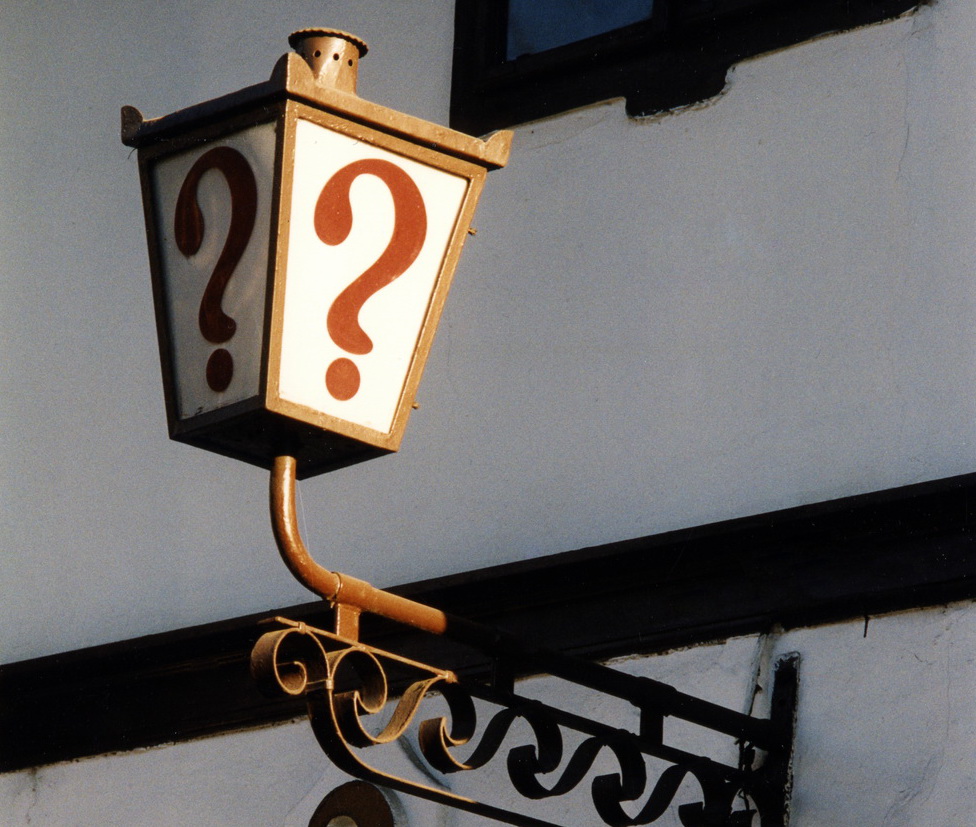
In 1878, the name of the coffee house was changed to “Kod pastira” (“To the Shepherd”) and three years later the name was changed again – to “Kod Saborne crkve” (“To the Cathedral”), because the house was located in the immediate vicinity of the cathedral. Out of respect for the cathedral and the guests who liked to visit the café after mass, smoking was banned in the café. This was not a popular measure, but it did not reduce the number of guests. The music played was so-called old town music – a kind of combination of folk music and popular western music for the urban population, but also romantic ballads and sevdalinka (traditional Bosnian love songs). The coffee house was a meeting place for writers, artists, journalists, politicians and all other citizens. There was a lot of singing, dancing and drinking, but political matters were also discussed, sales contracts were concluded and marriages were discussed. Someone has aptly said: “If you enter the tavern as a stranger, you will leave with three groomsmen.”
A dispute with the church soon arose: the church authorities found it offensive that a pub had the word “cathedral” in its name. The owner at the time could not find a satisfactory answer, as there were many opinions from the regulars who felt called upon to decide on this as well. When asked what the restaurant would now be called, the owner must have said: “To je pod znakom pitanja.” = “That’s under the question mark.” And so the name “Znak pitanja” has remained to this day.
After the Second World War, the restaurant was declared a cultural monument and still enjoys cult status among traditional restaurants in Belgrade. The “Znak pitanja” still plays old town music and tamburitza, serves old traditional dishes and occasionally hosts art exhibitions. Always full of life, something Belgraders are very proud of.
Text: Snežana Stefanović
Take a look at other posts from this blog
-
 Branislav Nušić – Serbia's Master of Humor
Branislav Nušić – Serbia's Master of Humor -
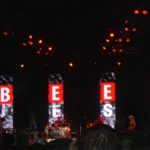 The Belgrade Beer Festival: Music, Enjoyment, and a Summer Feeling
The Belgrade Beer Festival: Music, Enjoyment, and a Summer Feeling -
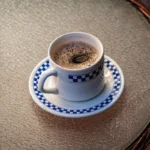 Let's have a coffee first...
Let's have a coffee first... -
 Čiča Gliša – a Rhyming Poem From the Childhood
Čiča Gliša – a Rhyming Poem From the Childhood -
 Vlasina Lake - a Lake with Floating Islands
Vlasina Lake - a Lake with Floating Islands -
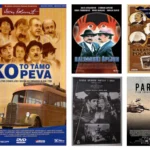 Five of the Best Serbian Films
Five of the Best Serbian Films -
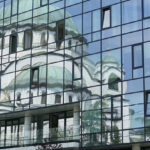 Public Holidays in Serbia
Public Holidays in Serbia -
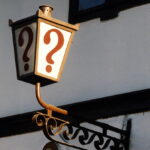 „Znak pitanja“ – a Coffee House Under Cultural Heritage Protection
„Znak pitanja“ – a Coffee House Under Cultural Heritage Protection -
Serbian Worlds: The Blog for Culture Explorers
-
 Sarma - A Culinary Classic
Sarma - A Culinary Classic


